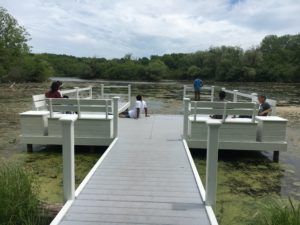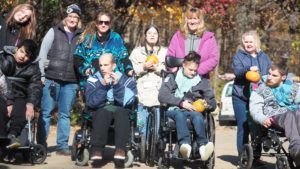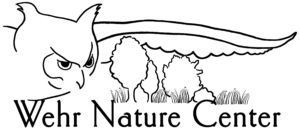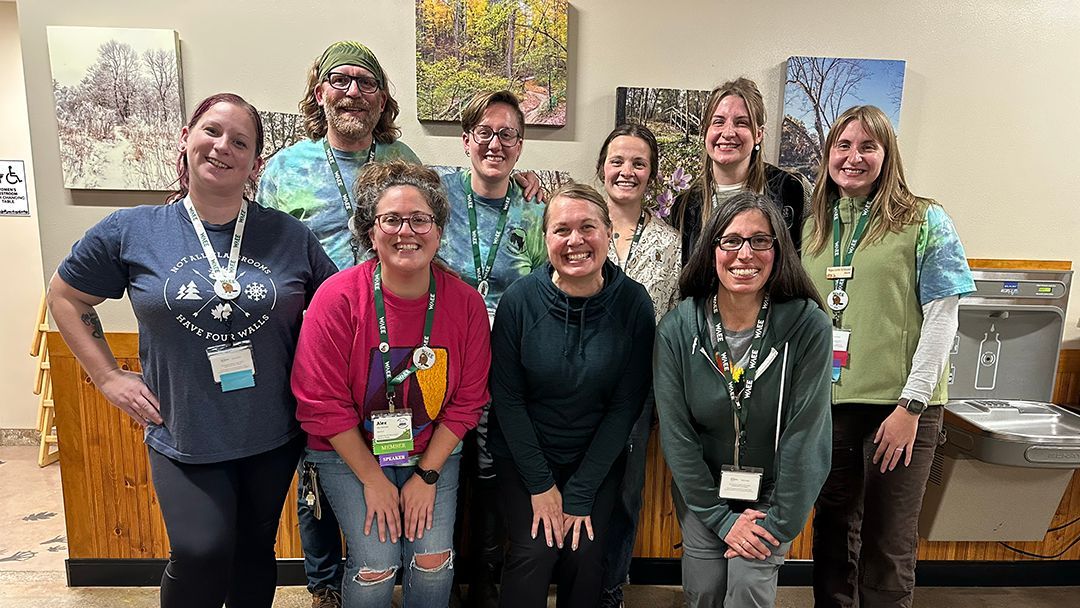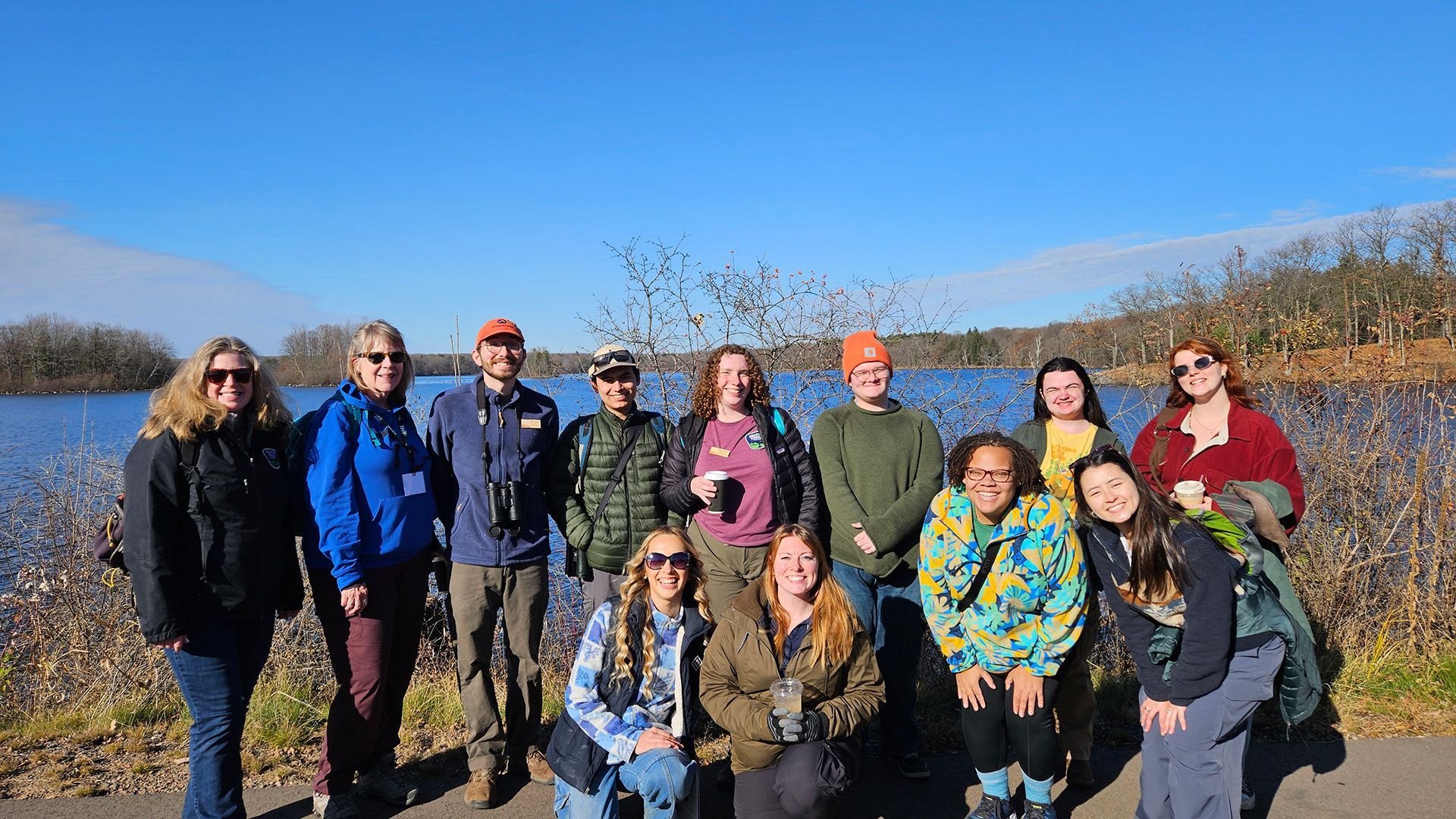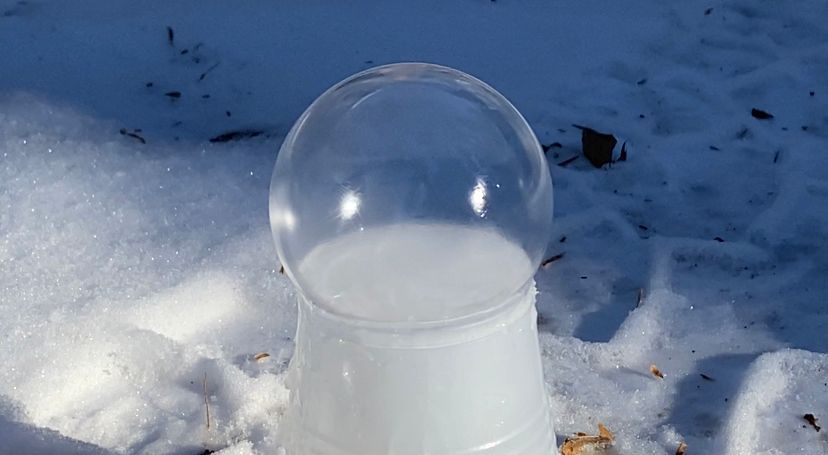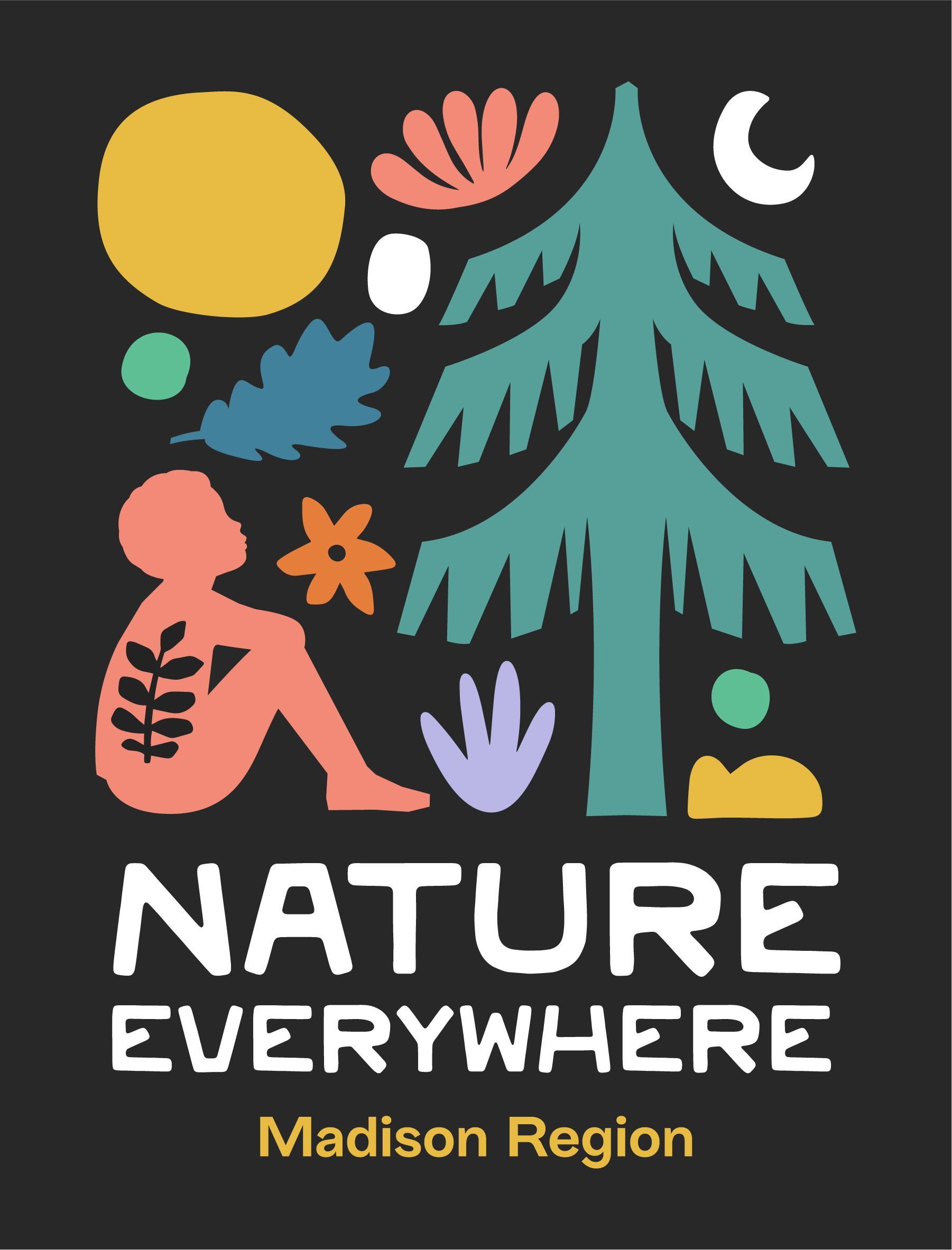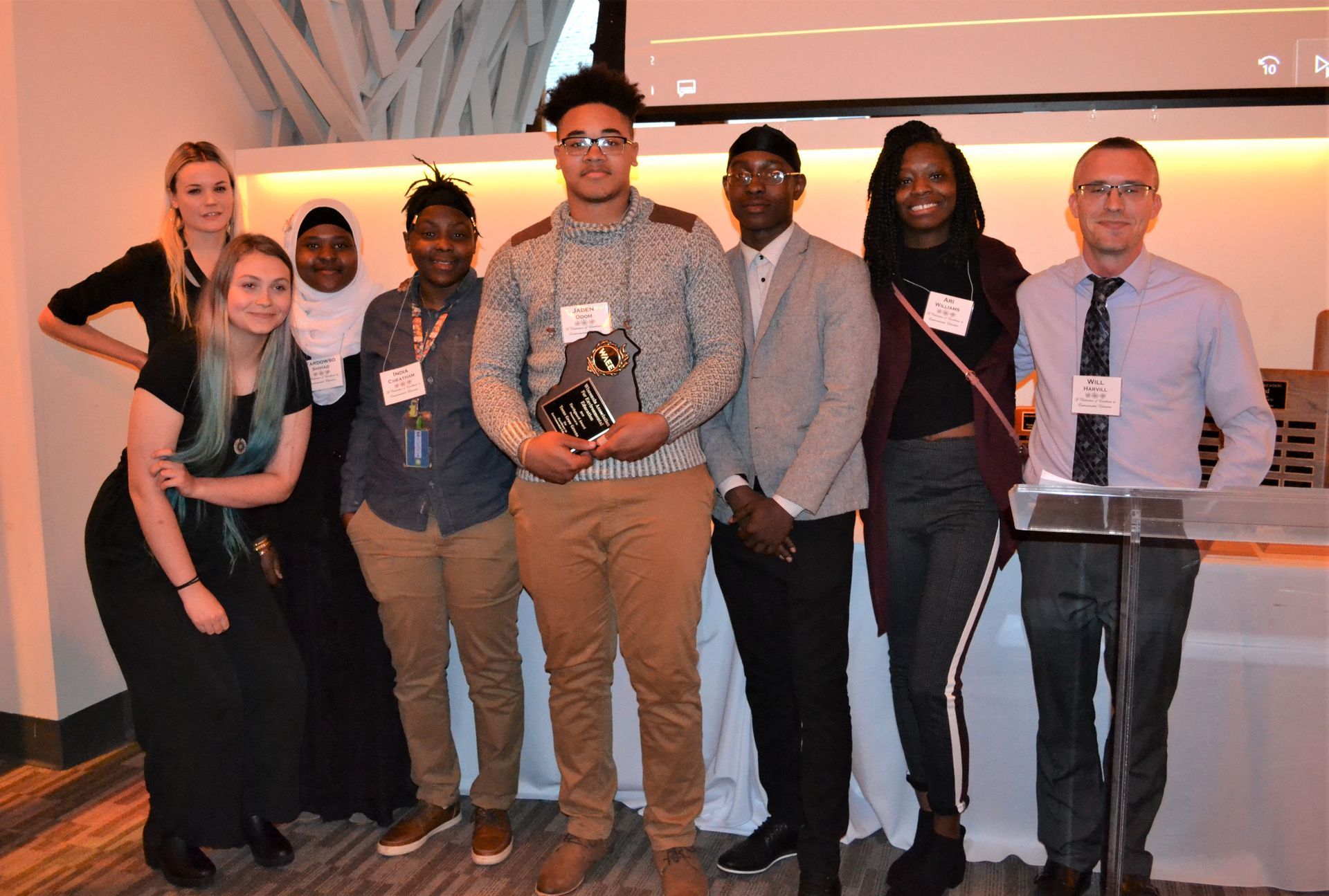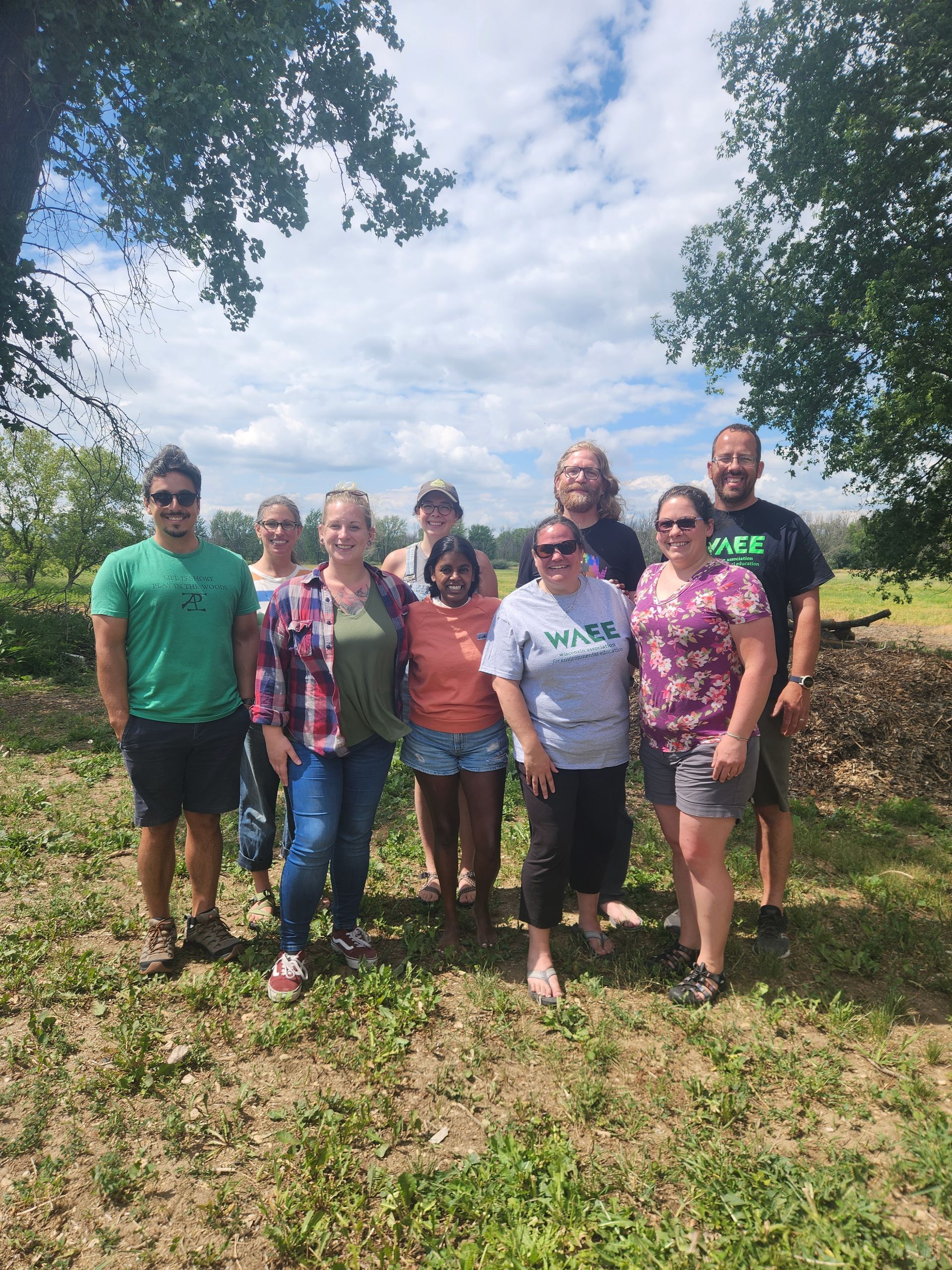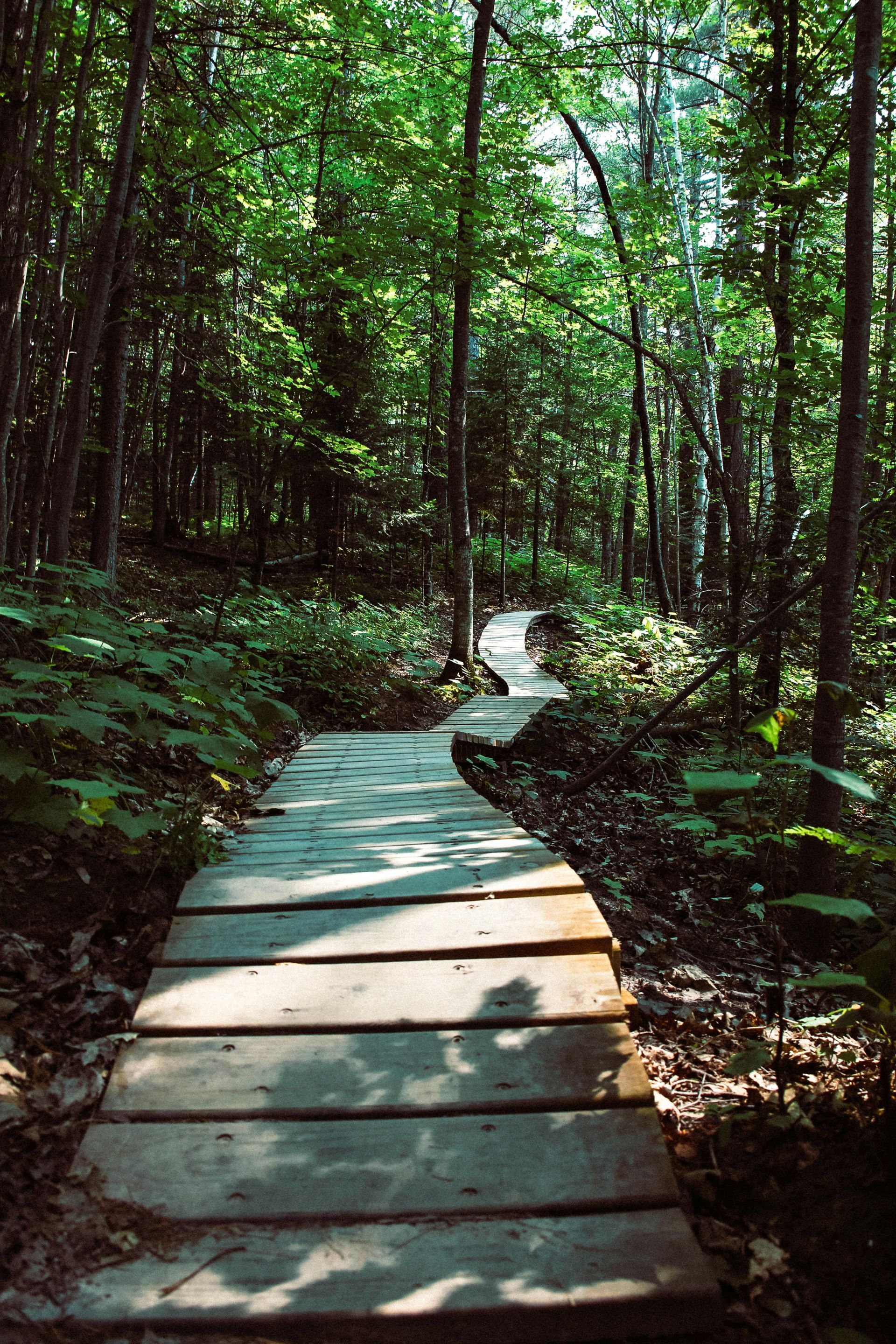Wehr Nature Center Increases Physical Accessibility
Now the most accessible nature center in Southeastern Wisconsin
Wehr Nature Center’s five miles of trails wind past Mallard Lake and through woodlands, an oak savanna, a prairie, and wetlands, giving visitors a chance to experience a diversity of natural communities right in a Milwaukee suburb. Inside the Nature Center building one can find educational exhibits, live animals, classroom spaces, and a spot for bird watching. Located in Whitnall Park, Wehr Nature Center is the result of a long-standing partnership between Milwaukee County Parks, the Friends of Wehr Nature Center, and the University of Wisconsin Madison Division of Extension.
Wehr Nature Center began its journey to become the most accessible nature center in Southeastern Wisconsin by changing its tagline from, “a place for all seasons,” to “a place for all seasons, a place for everyone.” Increasing physical accessibility to better accommodate visitors with disabilities has been a ten-year project requiring leadership, commitment, and creativity. Accessible facilities at Wehr Nature Center now include an observation deck overlooking Mallard Lake, a 0.3 mile boardwalk trail, a fire pit and amphitheater, a new classroom, a new pier, and a large family restroom.
The amphitheater, one of the first renovations tackled, now has multiple accessible features. All rows of seating and the stage can be accessed ramps. At the top of the amphitheater, there is a flat space with movable chairs available for individuals who use wheelchairs, their companions, and anyone who is not comfortable walking on the inclined paths. The amphitheater and accompanying firepit are within easy walking or driving distance over permeable pavers from the main parking lot and Nature Center. From the amphitheater, visitors can continue on to the accessible boardwalk trail.
According to Emily Brown, accessibility and inclusion coordinator and naturalist, the bathrooms have posed one of the greatest barriers to becoming a more accessible and inclusive facility. Renovating the existing restrooms would have required extending the building and other significant construction. The new accessible family restroom is an example of how director Deb McRae’s leadership and the commitment of Friends of Wehr Nature Center were essential to accomplishing the task in a creative way over an extended time. A bathroom is not the easiest project to raise money for! Turning the maintenance closet into a new, all-gender family restroom with an adult changing table solved multiple problems and made the donated funds go farther. And the new bathroom is conveniently located near the new accessible classroom that was created out of the former gift shop.
Inclusion efforts at Wehr Nature Center are not only about physical accessibility. The website and a new registration form encourage visitors to request accommodations and contact Emily Brown with questions. Technology like a camera to project images from a microscope on to a large screen TV and a link to the AIRA app for people who are blind or have low vision make learning at Wehr Nature Center easier for all. Offering free and low-cost programs also make Wehr Nature Center more accessible to members of the local community.
One of the most remarkable features of Wehr Nature Center is the number of volunteers involved in taking care of the accessible facilities, leading programs, and raising funds. Over 500 volunteers contribute their time and energy every year! They augment the valuable support provided by Milwaukee County Parks and the University of Wisconsin Madison Division of Extension and make extra projects possible. With a limited budget and small staff, Wehr Nature Center is continually challenged to fulfill its mission, expand its reach, and meet the needs of a diverse community.
When asked how involvement with the Wisconsin Association for Environmental Education (WAEE) has supported inclusivity efforts at Wehr Nature Center, Emily Brown highlighted the importance of learning and forging connections with others passionate about environmental education and inclusion. Through WAEE, she has been able to learn of new resources, access grant dollars, attend conferences, present research, bring professional development to colleagues and volunteers, and share the success story of Wehr Nature Center becoming “a place for everyone.”

Special thanks the NAAEE and the ee360 Project for funding and support in developing these case studies. Further thanks to Dr. Kendra Liddicoat at the University of Wisconsin Stevens Point and her students, Shannon Columb and Quentien Tyra, for researching and compiling the above case studies. If you are wondering about how these case studies were chosen and conducted, you can read the summary report here.

